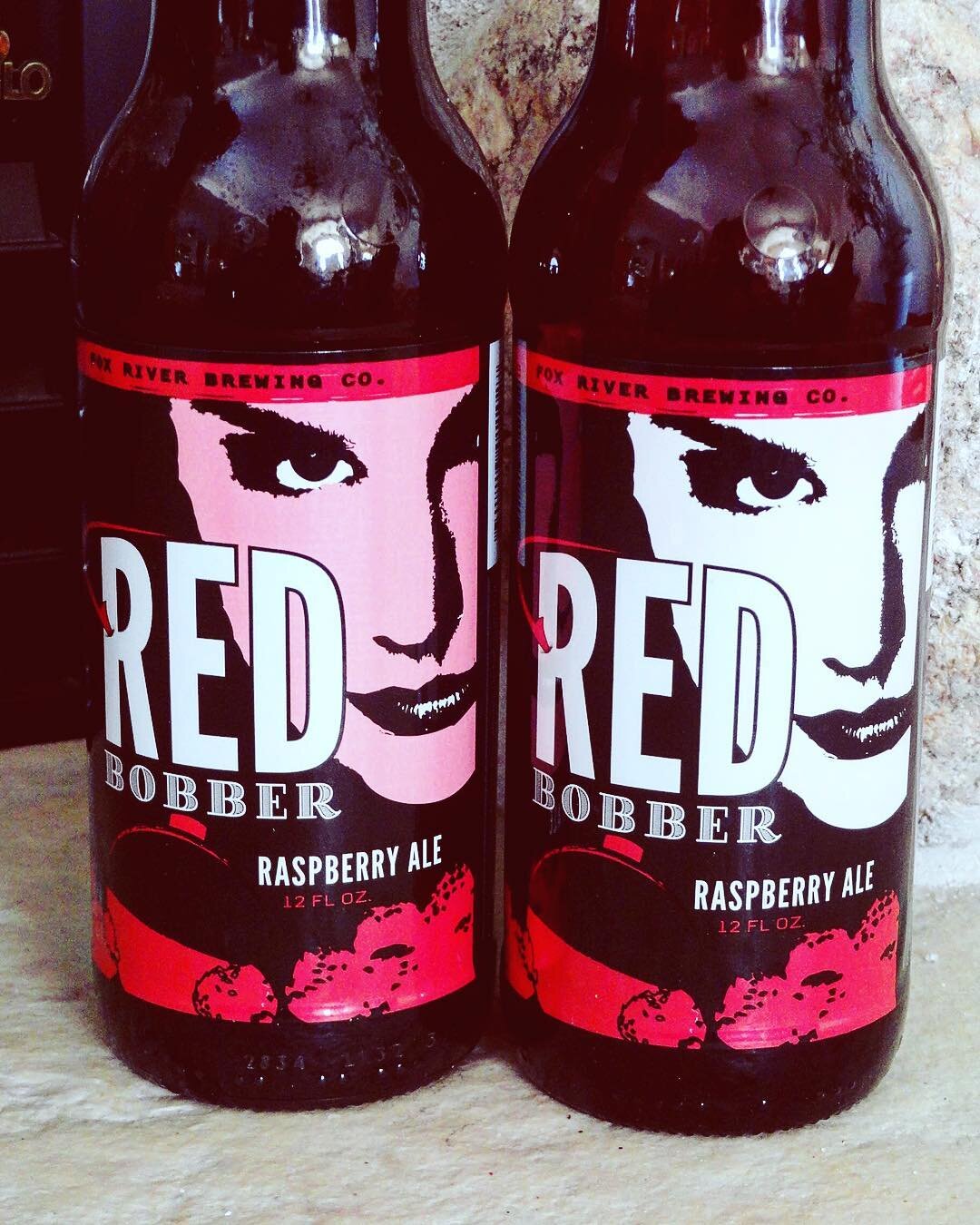Using Thermochromic Inks in Packaging
HOW TO MAKE COLOR CHANGING LABELS
Thermochromic inks can bring your label to a whole new level. These inks allow you to incorporate color-changing elements into your packaging and create an interactive product label. Various applications of thermochromic inks are already in use and there are some creative ways that these inks can be applied to appeal to customers, aid your users in enjoying your products, and more.
HOW DOES COLOR CHANGE TECHNOLOGY WORK?
Thermochromic inks are types of pigments that are temperature sensitive and can change color when the temperature of the surface to which they are applied changes. Think of those color-changing straws you had when you were a kid or mood rings -- these are examples of thermochromic pigments in action. The temporary change in color has a variety of applications such as safeguards for temperature-safe handling indicators and applications in food and beverage packaging. These inks can be applied to let customers know when products are at the proper temperature to consume, create added interest in packaging design, and create an interactive experience with your user.
THERMOCHROMIC PIGMENTS AND COATINGS
There are a range of possibilities when it comes to applying and integrating thermochromic inks and coatings. Touch-sensitive applications will change when body heat is applied to the surface area. This can make labels interactive directly with the end-user upon touch. Some thermochromic inks can turn transparent when they reach a given temperature. You can utilize this application in packaging by revealing information to your user when they grab your product, or reveal additional designs when the product reaches a certain temperature. No matter what function you choose for your thermochromic packaging, it is sure to produce an unforgettable product for you and your customer.
COLOR CHANGE GRAPHICS
When applied to individual graphics, color-change technologies can be used to alter writing, change the appearance of an image, or indicate information for your user. A good example of this is the color-changing syrup bottle labels. When the syrup is microwaved to the proper temperature, the label will reveal a “hot” indicator on a certain section of the label. These types of thermochromic placements can be used for a wide variety of applications and can suit a vast array of markets.
WHAT CAN YOU DO WITH A COLOR-CHANGING LABEL?
Interactive approaches to marketing have an innumerable amount of applications, but one of the easiest integrations of this technology centers around the beverage industry. Beer can labels and beer bottle labels can be printed with thermochromic inks and can be applied to individual graphics, so that when the beer is chilled, the label changes. Here at Derksen Co., we have integrated thermochromic properties into the printing of Fox River Brewing Company’s Red Bobber beer label, pictured above. When sufficiently chilled for consumption, the face on the label will turn red, telling the consumer that their beer is ready to be enjoyed. Aside from practicality, this label creates added interest and creates a unique experience for Red Bobber drinkers.
COLOR-CHANGING INKS AND THERMOCHROMIC LABELS IN WISCONSIN
In Derksen Co.’s application of thermochromic technology, we apply the thermochromic pigments just like any other ink, though we usually apply a greater amount of ink to enhance the color-changing results. Our capabilities allow us to apply thermochromic ink in the following colors: red, orange, magenta, green, blue, purple, turquoise, black, and vermilion. Activated by either hot or cold temperatures, these inks are incredibly versatile and have a wide range of applications in labeling.
Would you like to learn more about how you can incorporate thermochromic properties into your labels and packaging? Contact us at Derksen Co. by calling 920-685-4000 or by going to our contact us page.
